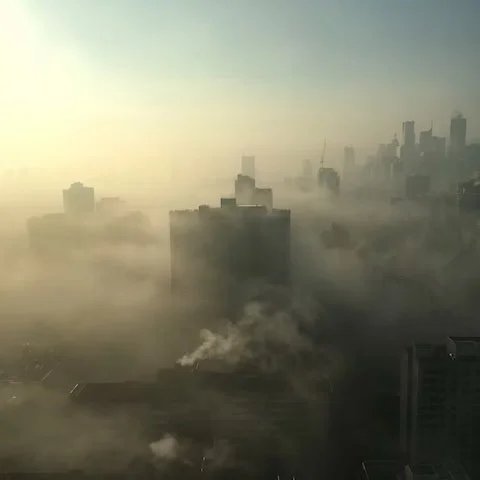On 11 October 2025 Dawn Media and Breathe Pakistan convened a major conference on air pollution in Lahore, Pakistan. The Dawn Media announcement declared –
“Once celebrated for its gardens, the city now ranks among the most polluted in the world, with PM2.5 [particulate] levels far exceeding WHO safety limits…
…Other major cities – including Karachi, Faisalabad, and Peshawar – face similar challenges, driven by industrial emissions, vehicular exhaust, stubble burning, and poor enforcement of environmental regulations.”
“Vulnerable groups – children, the elderly and low-income communities – bear the greatest burden, with devastating impacts on health, productivity, and life expectancy.”
The conference featured a session on ‘Judicial Activism and Litigation for Clean Air in Pakistan’, addressed by Justice Syed Mansoor Ali Shah, Senior Puisne Judge of the Supreme Court, Supreme Court Justice Ayesha A. Malik and Lahore High Court Judge Jawad Hassan. A fuller account of their remarks was carried in a remarkable report by Wajih Ahmad Sheikh in Dawn, 12 October 2025.
Between them the judges spoke of the need for concern for ordinary people, intelligent development, and regulators free from government capture. They also called for more active civil society, climate courts, fuller and more effective enforcement and implementation; and they referenced the new Article 9A to Pakistan’s Constitution, which gives every citizen and right to a clean, healthy and sustainable environment.
The issue of air pollution is a familiar part of London’s history, and London has been just as much of a pollution hotspot. Notorious London smogs were described by Dickens in Bleak House, and were painted by Monet, with his Houses of Parliament hovering through a haze of picturesque pollution. Britain in general and London and other major cities in particular, have continued to battle air pollution through such measures as the Clean Air Acts of 1956, 1968 and 1993, as legislation has refocussed from coal pollution to vehicle exhausts and other industrial activities.
The Environment Act 1995 introduced a framework for a National Air Quality Strategy, the EU Air Framework Directive and its Air Quality Daughter Directives applied specific air quality standards, enforced through a series of landmark court judgements in EU and national challenges to government inaction brought by ClientEarth. The Environment Act 2021 has introduced further targets and measures to address PM2.5 particulate emissions. And London Mayor (and fellow asthma sufferer) Sir Sidiq Khan has introduced a wider all-London Ultra Low Emission Zone, which is reported to be finally achieving really significant reductions in Nitrogen Dioxide (NO2) and PM2.5 particulate levels.
Time and again, the UK experience is of the need for clear, robust legislation, based on the best available science and technical assessment, backed up by the political will to make laws work, and with the human and financial resources to deliver effective enforcement - with access to the courts to allow challenges to government and regulators where that does not happen.
In 2019, the United Nations General Assembly Human Rights Council received a Report from the Special Rapporteur on the Issue of Human Rights obligations relating to the enjoyment of a safe, clean, healthy and sustainable environment (UN/A/HRC/40/55).
The Report, which makes a number of references to Pakistan, is still highly relevant, and sets out the key actions for States to take (paras 63-78) -
A. Monitoring air quality and health effects;
B. Assessing the sources of air pollution;
C. Public reporting on air quality;
D. Establishing air quality legislation, regulation and standards;
E. Air quality action plans;
F. Implementing and enforcing air quality rules;
G. Evaluating and revising air quality standards and plans.
The report points out that 90 per cent of the world’s population lives in regions that exceed WHO guidelines for healthy ambient air quality, specifically with regard to fine particulate matter, or PM2.5. In other words, over 6 billion people – including 2 billion children – are breathing air that has adverse consequences for their health and well-being.
The report notes that -
“Exposure to air pollution causes a wide range of health effects including respiratory illness and infections, heart disease, stroke, lung cancer and negative birth outcomes (e.g. pre-term birth and low birth weight). A growing body of evidence links air pollution to other health problems including cataracts, ear infections, the onset of asthma in children, chronic defects in lung function, stunting, diabetes, childhood obesity, developmental delays, reduced intelligence and neurological disorders afflicting both children and adults.”
The report is written in terms of clean air being one aspect of other human rights such as the right to life. This has been powerfully re-inforced by the recent judgement of the International Court of Justice on the Obligations of states with respect to climate change, which we reported on here -
https://borrowedearthproject.com/blog/students-win-historic-advisory-opinion-from-icj
The ICJ held specifically that -
“The Court is of the view that a clean, healthy and sustainable environment is a precondition for the enjoyment of many human rights, such as the right to life, the right to health and the right to an adequate standard of living, including access to water, food and housing. The right to a clean, healthy and sustainable environment results from the interdependence between human rights and the protection of the environment.
Consequently, in so far as States parties to human rights treaties are required to guarantee the effective enjoyment of such rights, it is difficult to see how these obligations can be fulfilled without at the same time ensuring the protection of the right to a clean, healthy and sustainable environment as a human right. The human right to a clean, healthy and sustainable environment is therefore inherent in the enjoyment of other human rights.”
Pakistan’s courts have already led the interpretation of general human rights to include specific rights to a clean environment, in the case of Leghari v Federation of Pakistan, and especially with the new Article 9A of its Constitution, it will be interesting to see how its judges will respond to the ICJ’s endorsement of that approach, and its possible application to climate and air quality.
Meanwhile, however, statistics and legal principles can mask individual impacts. One of the UK’s leading campaigners for air quality is Rosamond Kissi-Debra, who campaigns in the memory of her daughter Ella Kissi-Debrah, who sadly died from a series of acute asthma attacks directly caused by air pollution. Countless others like her deserve to breathe cleaner air. We know the causes of air pollution. We know what actions are needed to address it. What are we waiting for?
Photo credit: Kristen Morith

